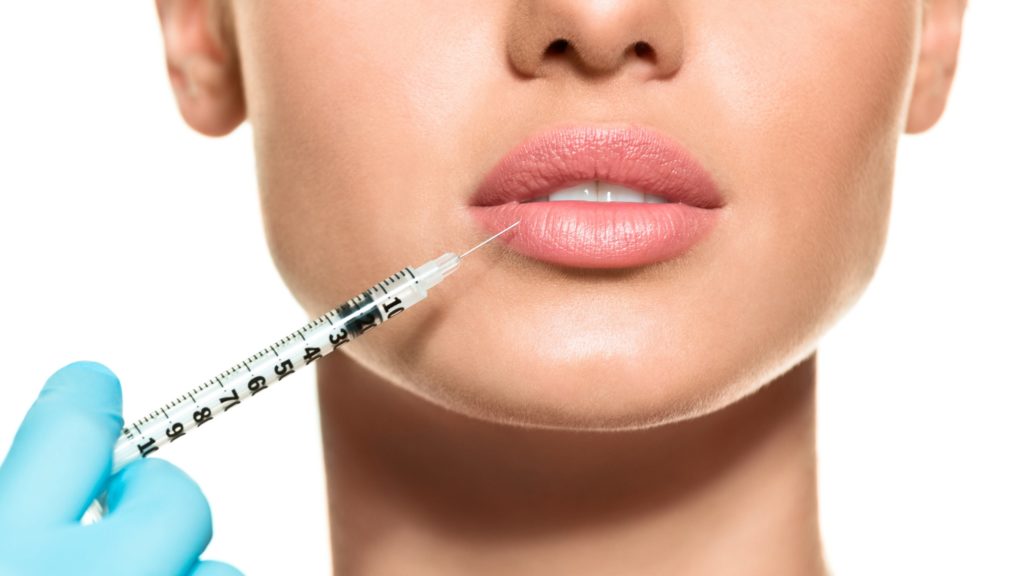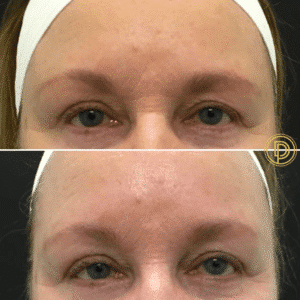Is Botox or Dysport Better for a Lip Flip?
Both Botox and Dysport can be used for a lip flip and both are equally effective. Both of these types of injectables in Dallas will create the same results, but Dysport is sometimes preferred because it works faster, which means you can enjoy more beautiful lips sooner.
Cosmetic injectables can help you transform your appearance in many different ways. As an anti-aging treatment, many people are unaware that neuromodulator injectables like Botox and Dysport can address more than just wrinkles; they can also be used to rejuvenate the lip area.
Talk to a dermatologist to find out if a lip flip is right for you.
Comparing Botox and Dysport
Both Dysport and Botox in Dallas are in the same family of treatments. These are neuromodulators that work by relaxing the muscles in the targeted area.
Traditionally, neuromodulators are used to minimize wrinkles, such as the horizontal forehead lines. However, these injectables can also be used for other cosmetic purposes, such as a lip flip, and medical treatments, such as for temporomandibular joint (TMJ) disorder.
The differences between Botox and Dysport are subtle. While both are made from botulinum, there are slight differences in the composition of their proteins. When injected, Dysport tends to spread out a bit more than Botox, which is more likely to stay in a highly localized area.
For the purposes of a lip flip, the main difference between the two is the time of onset (more on that below).

Which is Right for You?
When it comes to achieving a lip flip, Botox or Dysport are both excellent options. The main difference it takes 3-5 days for Botox to take effect and create the desired results. In contrast, Dysport has a much shorter onset. You can generally expect to see results within two days. The results of your lip flip when performed with either Dysport or Botox will last about eight weeks.
Lip Flip: Is It Right for You?
A dermatologist might recommend a lip flip if you’re troubled by the appearance of a thin upper lip. With age, the lips can naturally lose volume, which means that when you smile the upper lip appears much smaller than usual.
In addition, some people naturally have a thin upper lip with strong muscle that raises the lips, regardless of age, creating the appearance of a “gummy smile.” No matter what causes it, a lip flip can create the appearance of a fuller upper lip.
A lip flip isn’t the same treatment as lip injections with dermal fillers, which increase the volume of the lips. While dermal fillers are great for volumizing the bottom lip, they can look unnatural when used in excess on the upper lip.
In contrast, injecting a neuromodulator like Dysport into the area just above the upper lip will temporarily relax those muscles. This makes the upper lip look fuller.
Book a Lip Flip Appointment in Dallas Today
For a lip flip with Dysport in Dallas, you can put your trust in the experienced clinicians at Dallas Dermatology Partners. We specialize in innovative and effective cosmetic treatments for women and men who wish to combat the signs of aging and look as young as they feel.
Here, you’ll find a full range of other injectables—from dermal fillers to neuromodulators—that can be used to achieve multiple aesthetic goals. Contact us today to schedule your Dallas dermatology appointment.
Is Botox or Dysport Better for a Lip Flip? Read More »

